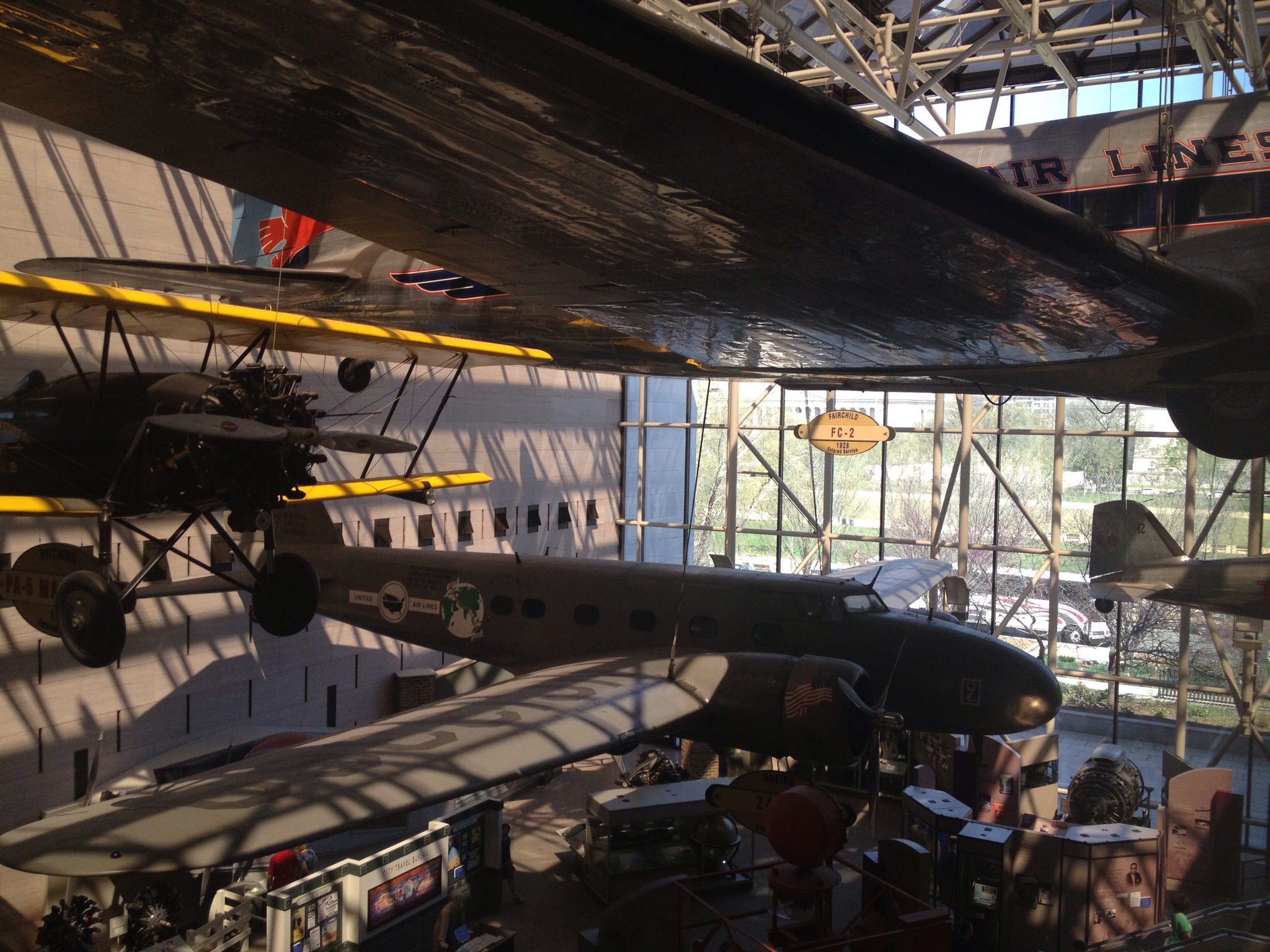Science is fun! Part of the fun is failing, failing again, and pushing a hypothesis forward or rejecting it based off of evidence. This involves a ton of mistakes - some of which are more dangerous than others. We need to learn how to turn reasonable mistakes into teachable moments.
16 year old Kiera Wilmot of Bartow High School mixed toilet bowl cleaner and aluminum foil on school grounds without supervision, resulting in a small non-harmful explosion. She was expelled for violating the school code of conduct, and faces felony charges of "possession/discharge of a weapon on school grounds and discharging a destructive device." The gory details, including the full police report, are located on the Miami New Times website.
The real problem is with the school and the police. When a kid makes a mistake that's not severe, it can be easily turned into a teachable moment. How about suspension instead of expulsion, with the requirement of a lab assignment based on the very experiment that was tried by Kiera? How about requiring a presentation by her to the class and/or principal to show mastery of the subject? This solution combines a reasonable punishment with additional academic work to help Kiera learn the proper way to conduct experiments. It also gives the adults involved another way to gauge her understanding of the scientific method. The penalties should go up for repeated offenses, up to and including expulsion.
For more about how scientific curiosity helps us all win, check out my post Curiosity Kills the Gap.
This post also appears on TWIB.













